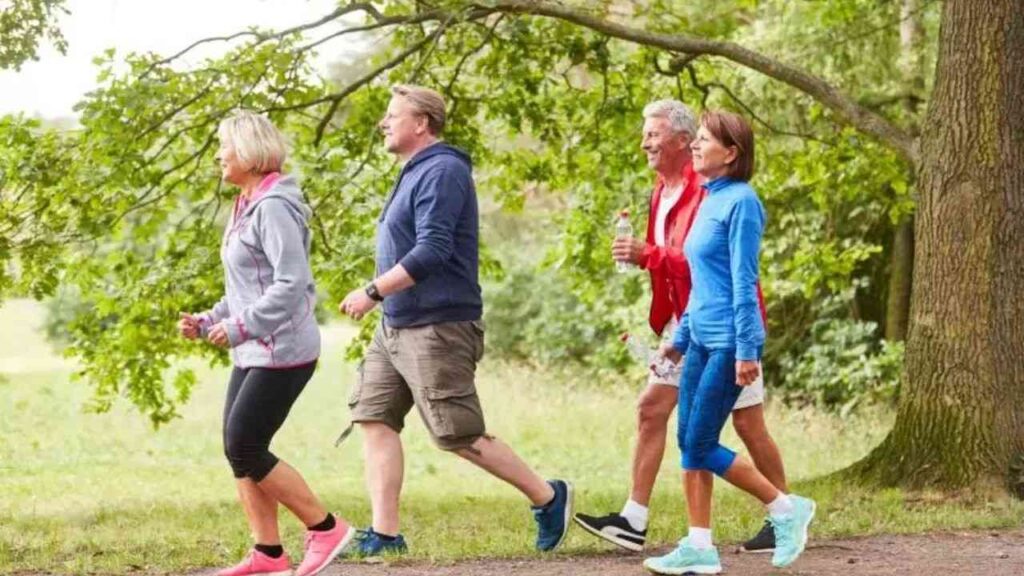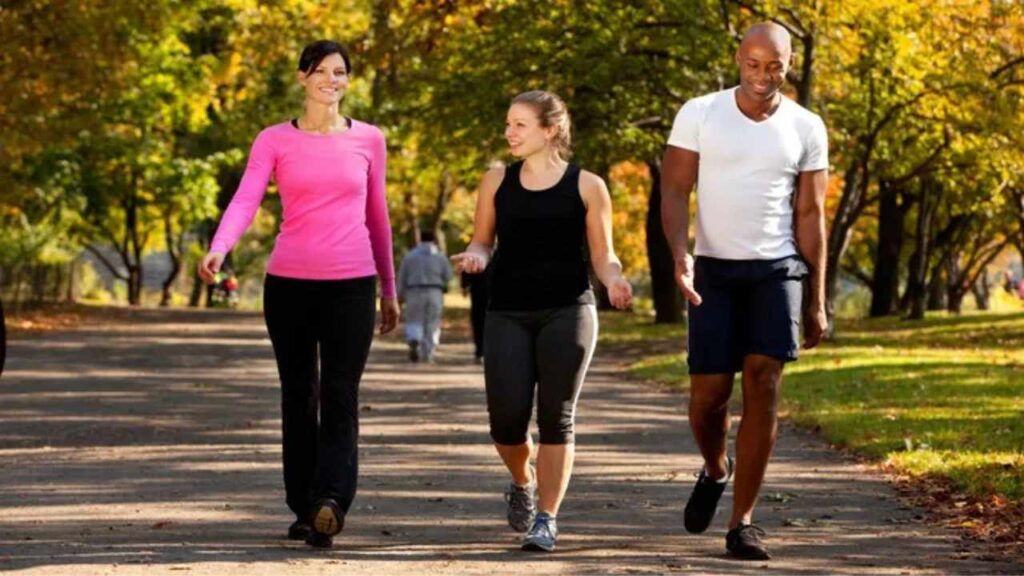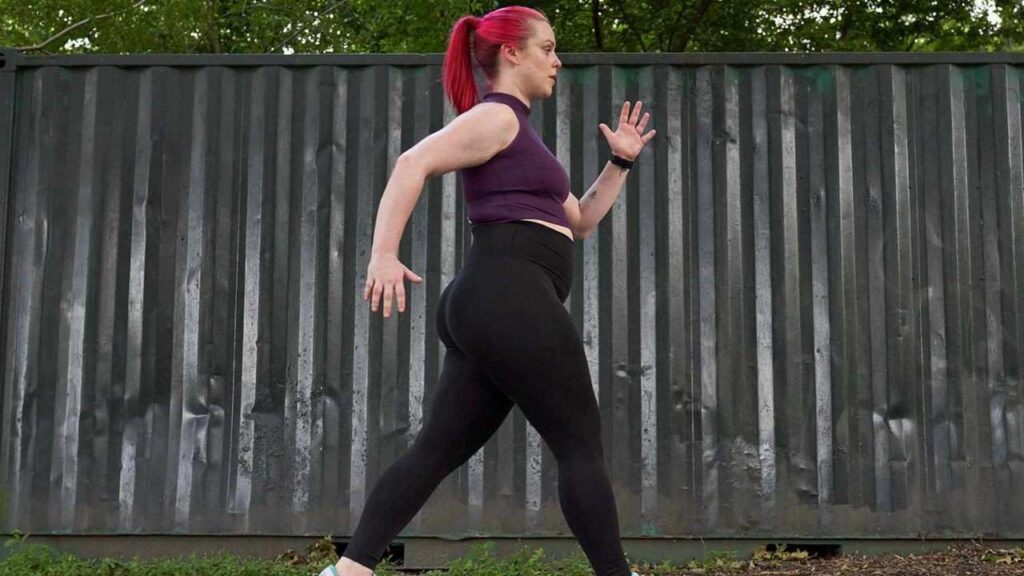One of the easiest yet most efficient types of exercise is walking. It is accessible to nearly everyone and offers numerous health advantages. It does not require expensive equipment and can be done anywhere. Walking can be a game-changer for the fitness, weight loss, or mental health goals. In addition to offering numerous health benefits that enhance general well-being, regular walking is an efficient way to reduce body fat and control weight.
They can progressively reach the weight loss objectives and create the foundation for a healthier lifestyle by including regular walking in their regimen. Walking increases cardiovascular health, strengthens muscles, and speeds up metabolism in addition to helping burn calories. Additionally, it lowers stress and increases mental clarity, which supports a well-rounded strategy. People can achieve long-lasting weight loss and a host of physical and mental health advantages.
They can establish a regular walking routine. This will ultimately help them on their path to a happier and healthier life. As an example, one study (Trusted Source) shows how walking may help obese women burn fat and reduce their waist circumference. For 12 weeks, the women walked for 50–70 minutes three days a week. Participants shed an average of 1.5% body fat and 1.1 inches around their waists after the trial.
This article will give a detailed view of how to optimise the benefits of walking and include it in the workout routine of any individual.
Importance of Walking for Fitness

Easily Accessible
Walking doesn’t require expensive equipment or a gym membership. All you need is a decent pair of walking shoes and the will to get started, whether you’re at home, at work, or on vacation.
Low-Intensity Physical Activity
Walking is easier on the joints than jogging or high-intensity exercises, making it appropriate for people with arthritis or other joint problems.
Encourages Heart Health
Walking quickly increases the heart rate, which enhances circulation and lowers the risk of heart disease.
Mental Well-Being
Walking outside, particularly in green areas, has been demonstrated to improve mood and creativity while lowering stress, anxiety, and sadness.
Loss of Weight and Fat Reduction
When paired with a calorie-conscious diet, walking can help people lose weight and maintain a healthy weight by burning calories.
Tips for Effective Walking Workouts

Boost the Speed
It’s crucial for people who begin with a regular walking regimen to progressively raise their pace. Immediately starting a fast-paced walk can result in weariness and aching muscles, which may demotivate the individual. It is advised to walk for 10 to 15 minutes at a reasonable speed over the first two to three days.
The length and frequency of walks can be gradually increased as the body adjusts. The walk’s intensity can be increased when tiredness becomes less apparent. Before picking up the pace, people should take their age and degree of fitness into account. While older folks are encouraged to increase their walking time every two to four weeks to prevent injury.
Number of Steps
Healthy adults usually walk between 4,000 and 18,000 steps a day, according to research, with 10,000 steps a day being an acceptable goal. A very low level of activity is defined as taking less than 5,000 steps per day, and an average level of activity is defined as taking 7,500 to 9,999 steps per day. People are considered very active if they walk more than 12,500 steps a day.
Before progressively increasing the number of steps, it is crucial to start walking at a comfortable pace and pay attention to your body. Establishing a step target will help you stay motivated and improve your weight reduction journey.
Form and Posture
Walking safely and effectively requires maintaining good posture and form. Correct posture can be ensured by following these tips:
- Stand Upright; Avoid excessive leaning or slouching and walk with a straight back. It’s okay to lean slightly forward when walking uphill or downhill.
- Use Core Muscles; During the walk, the body is supported by tightening the glutes and abdominal muscles.
- Let the Shoulders Relax; Upper body tension can be reduced by rolling the shoulders up and back, then letting them rest.
- Swing Arms; To help with momentum and balance, let the arms swing freely and naturally back and forth.
- Walk Smoothly; Don’t bounce when you’re walking. A fluid gait increases efficiency and reduces the chance of damage.
Sample Walking Plan for Beginners
| Day | Activity | Duration/Goal | Intensity |
|---|---|---|---|
| Monday | Leisure Walk | 15–20 minutes | Low |
| Tuesday | Brisk Walk | 20–25 minutes | Moderate |
| Wednesday | Interval Walk | 25 minutes | Moderate-High |
| Thursday | Rest or Leisure Walk | 15–20 minutes | Low |
| Friday | Incline/Power Walk | 20 minutes | High |
| Saturday | Brisk Walk | 30 minutes | Moderate |
| Sunday | Leisure Walk or Rest | 20–30 minutes | Low |
Advanced Walking Techniques

Weighted Walking
Incorporate light ankle or wrist weights to increase resistance and calorie burn.
Nordic Walking
Use walking poles to engage your upper body, turning it into a full-body workout.
Backwards Walking
This unconventional method improves balance and engages different muscle groups.
Treadmill Walking
Add incline and adjust speed for a controlled, efficient workout indoors.
Common Challenges and Solutions
Time Constraints
Break your walks into shorter sessions throughout the day, such as a 10-minute walk after each meal.
Boredom
Listen to music, podcasts, or audiobooks to make your walks more enjoyable.
Weather Issues
Use indoor options like malls or treadmills during extreme weather.
Walking Way to Better Health
Walking is a step towards a happier, healthier version of yourself; it’s more than just moving forward. This can be your go-to workout, regardless of your fitness level, weight loss, or mental clear objectives. It is a sustainable option for long-term health because of its adaptability and ease of use, which fit into any lifestyle.


